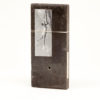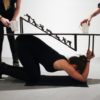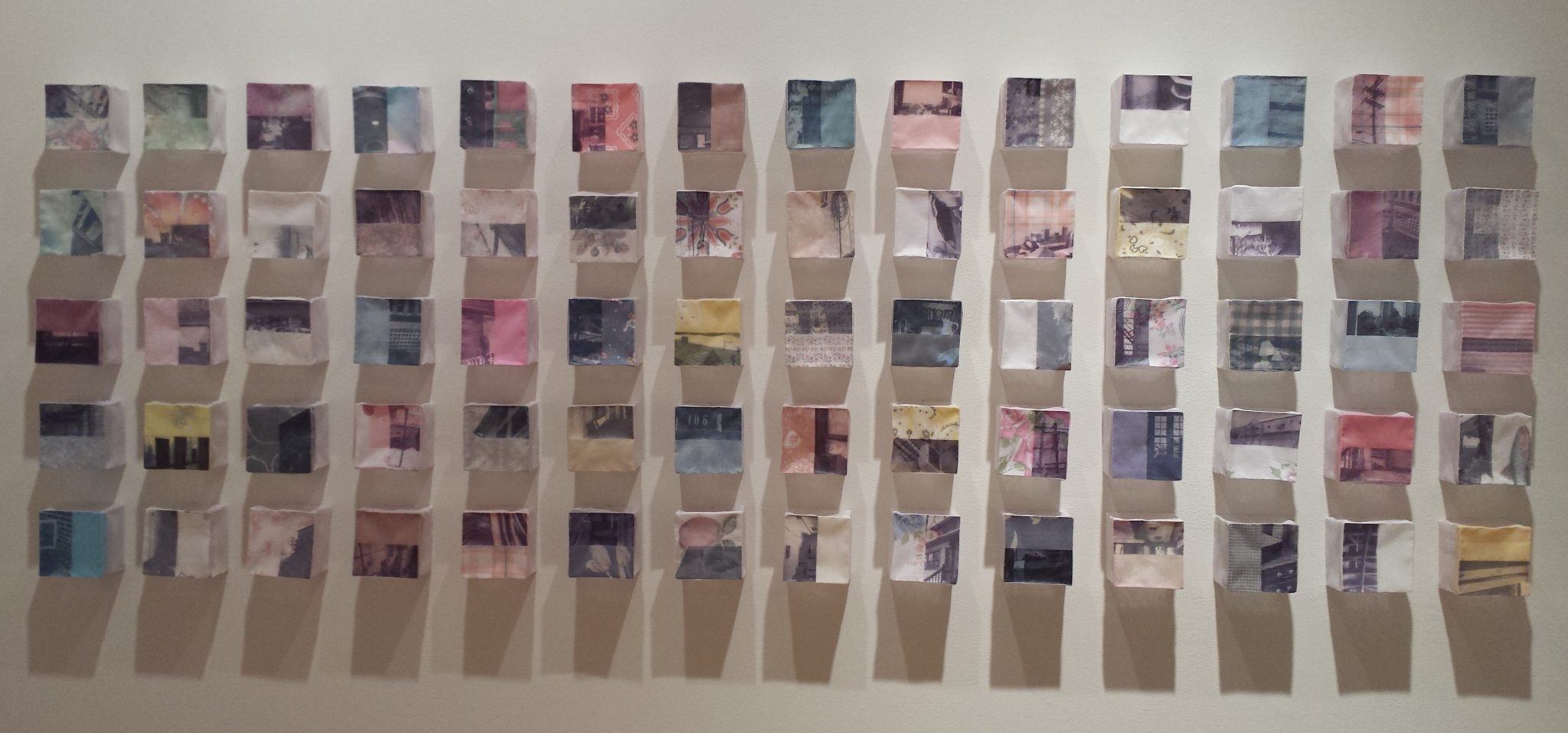Eun-kyung Suh
Fragmentary Memory
silk organza, discarded fabric
3.5 x 3.5 x 2.5 in. each
I have been creating a series of sculptural vessels as a metaphor for individual, family or social memory and history. For this series, a vessel is any type of container used to hold something. These sculptural vessels are created out of diaphanous textiles, using a design originally inspired by Bojagi, a traditional art form in Korea. Bojagi is the wrapping cloth used to cover, store or carry everything from precious ritual objects to everyday clothes and common household belongings. It is usually a square cloth of various sizes made out of silk, cotton, and ramie. My interest in Bojagi does not lie on how to re-create traditional Bojagi, but on how to extend the basic patchwork structures into my sculptural vessel forms. I am fascinated not with Bojagi’s overall design but with the process of making it, one patch after another. The woven fabric is made of repetitive horizontal and vertical structures; the process of Bojagi¬making is composed of a series of vertical and horizontal actions that move against and beyond the fabric itself. It involves collecting cloth scraps, re-configuring and re-constructing them for a different use, which I interpret, is the way our memories form between layers of time and space- the daily moments we experience are modified, fantasized, deleted, reconnected and stored as a collection of memories. In this context, I convert flat cloth patterns into sculptural vessel forms to metaphorically contain memories, which are stored where a layer of time and space intersect. Folding, wrapping, and sewing are employed to transform two-dimensional fabrics into three-dimensional enclosed forms or vessel, which function as a private and sacred place where people record their memories. Enclosed textile vessel forms with printed images and texts demonstrate narrative work in both pictorial and sculptural fields.



